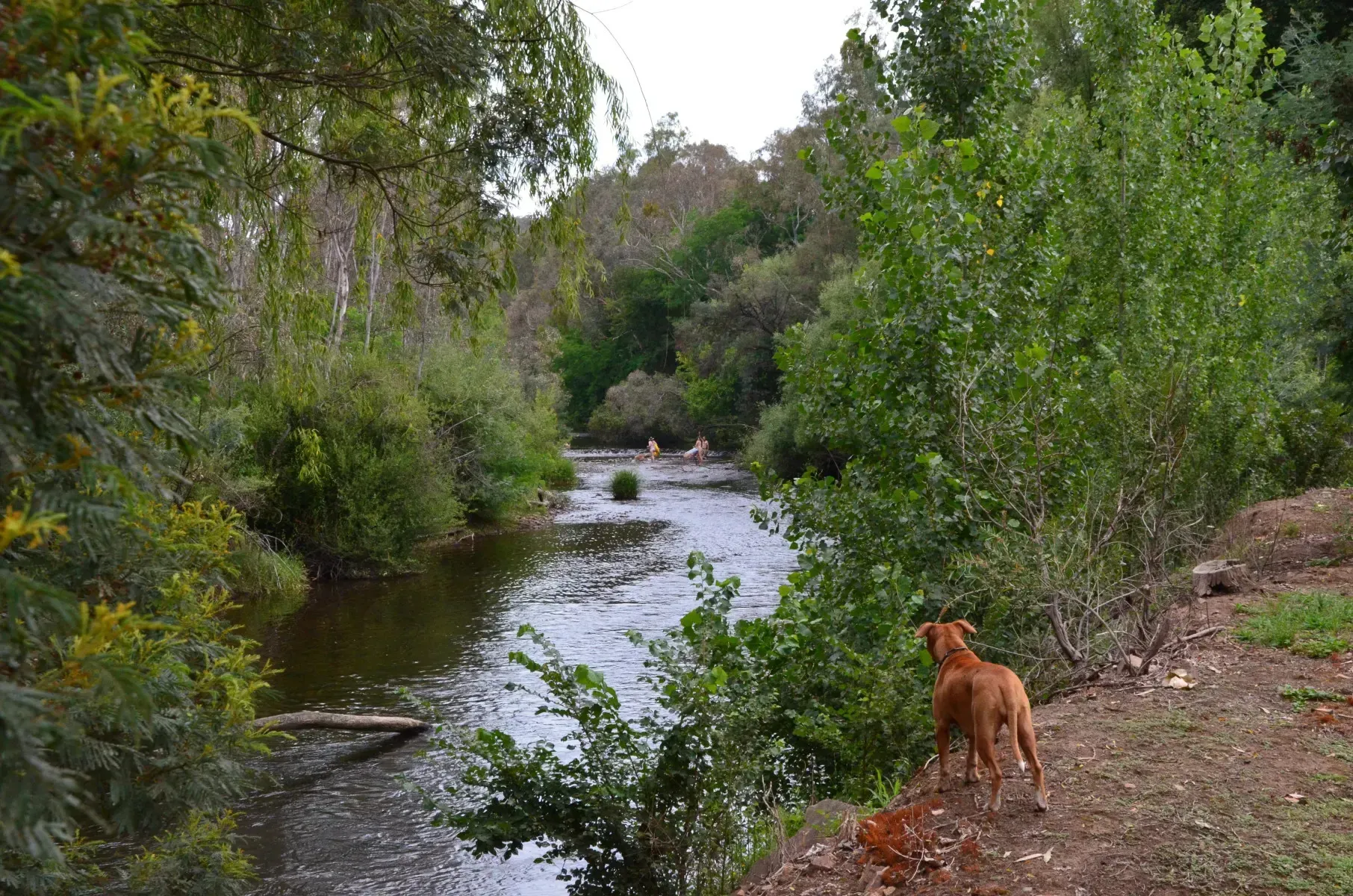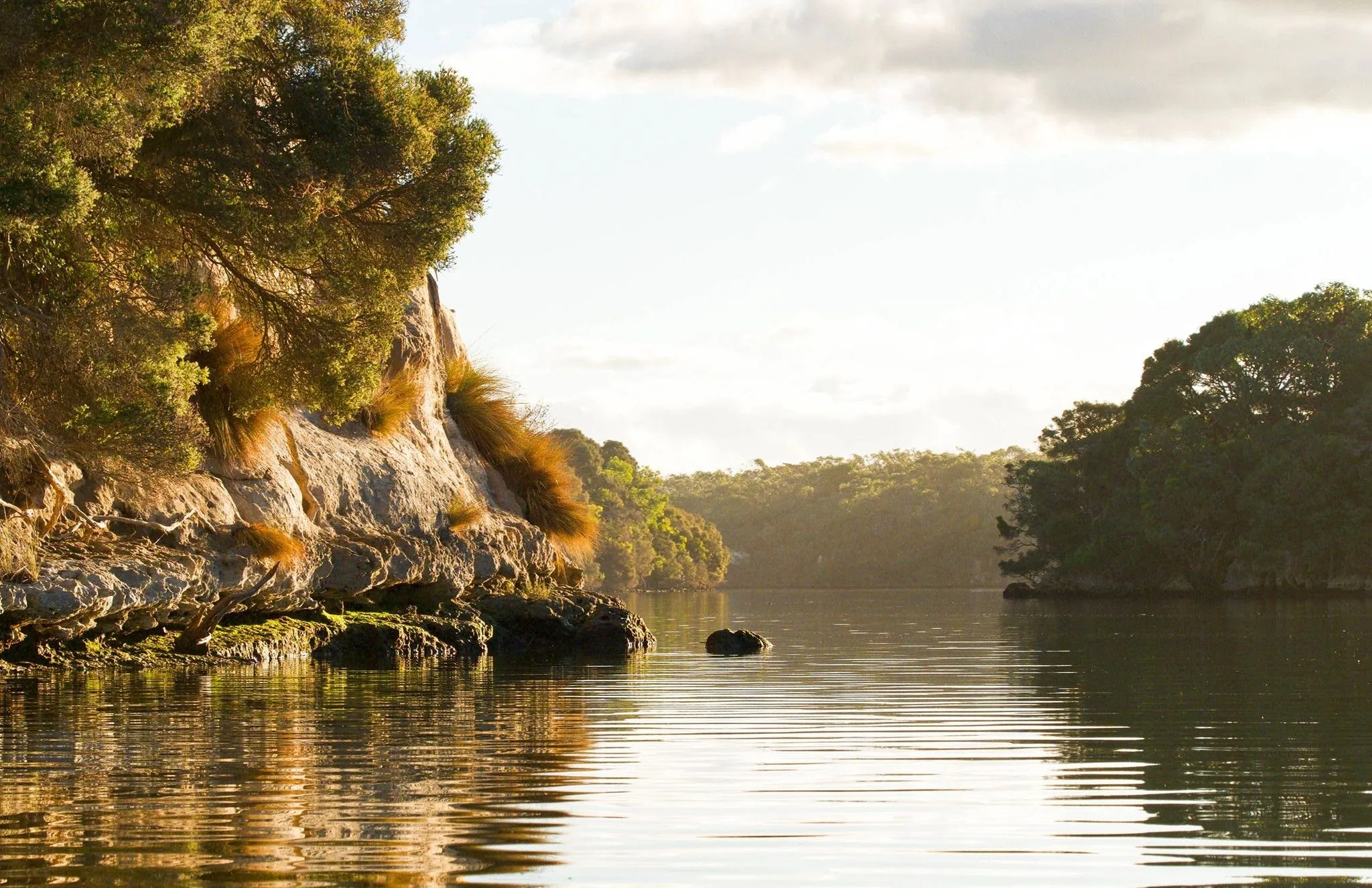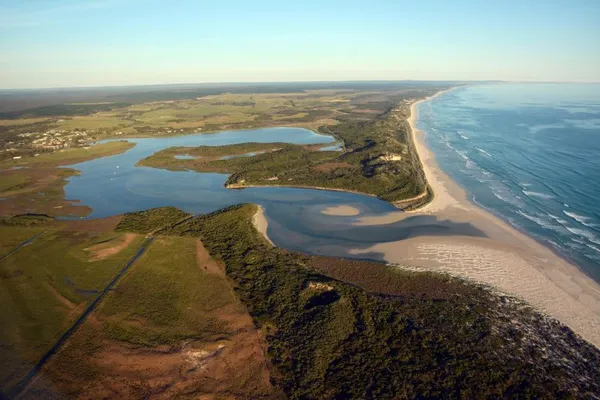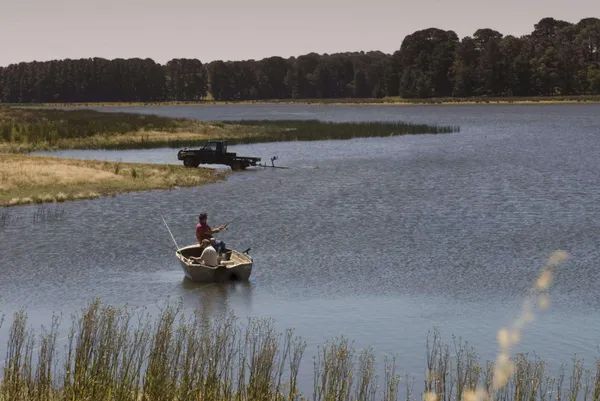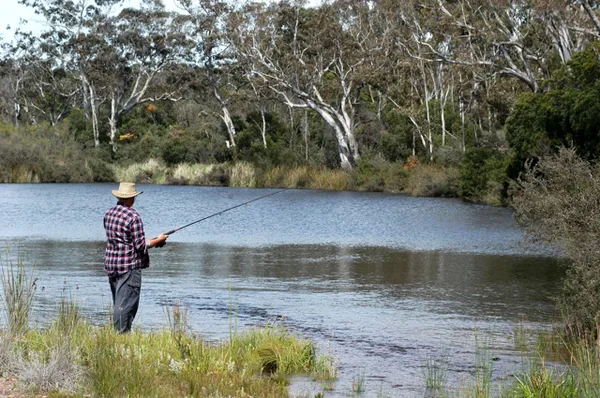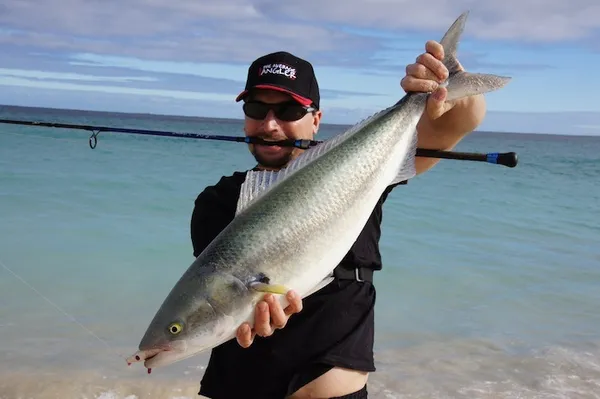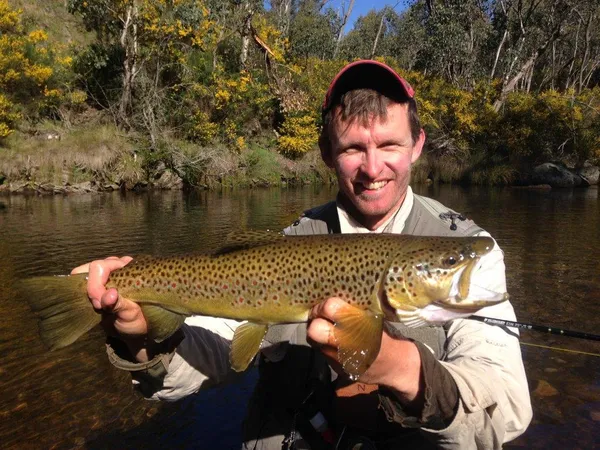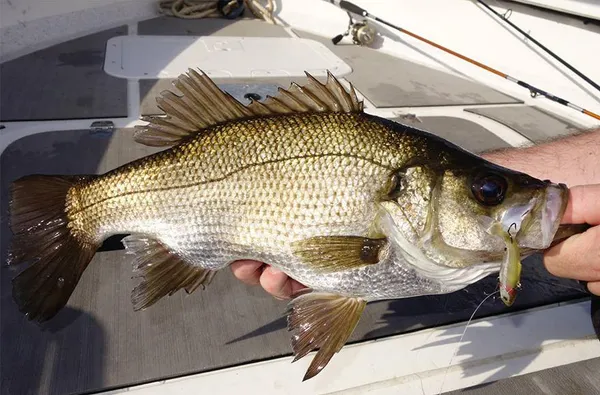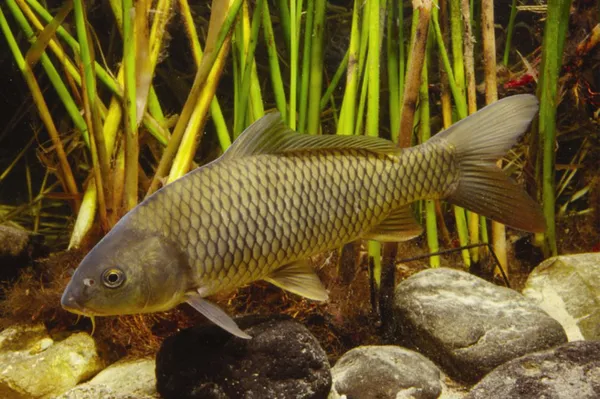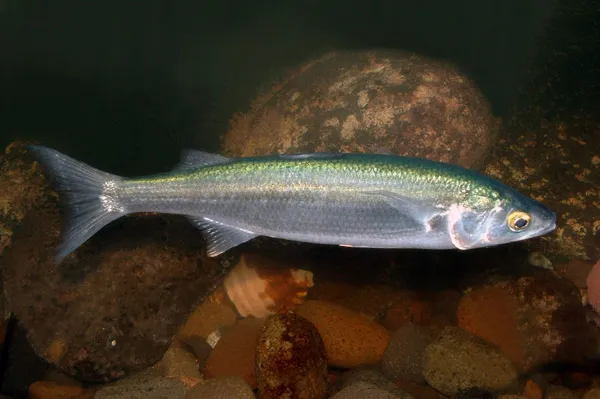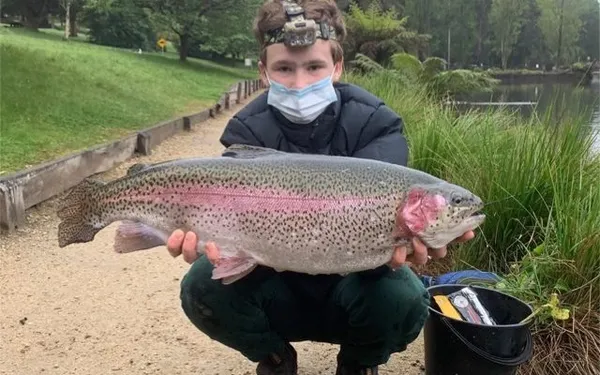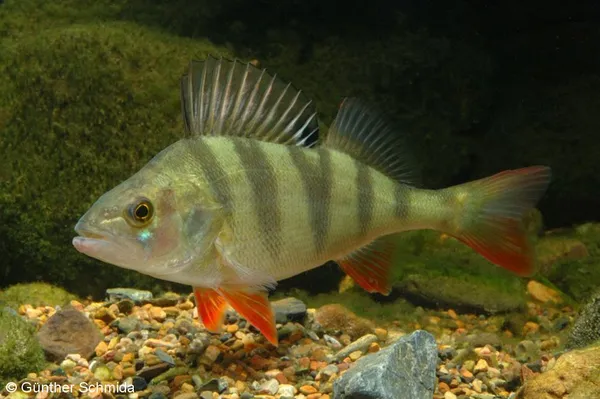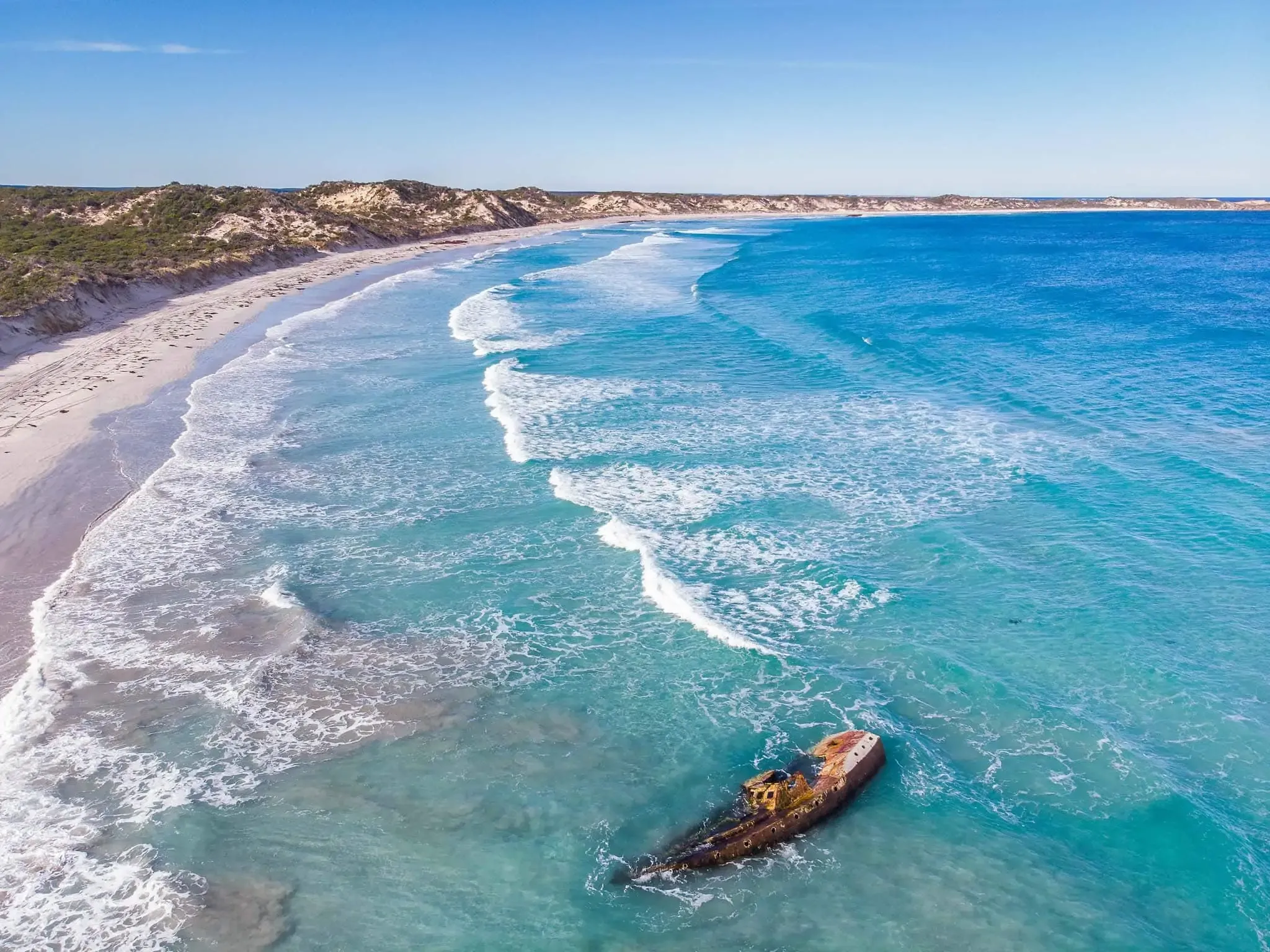Redfin, also known as English perch, is an introduced species in Victoria's freshwater systems. It's a popular target for anglers but considered a pest due to its impact on native fish populations.
How to catch Redfin
Redfin can be caught using a variety of methods in Victoria. Bait fishing with worms, yabbies, or small fish is effective, especially when fishing near structure or drop-offs. Lure fishing is also popular, with soft plastics, small hard-bodied lures, and spinners all proving successful. When lure fishing, try retrieving with short, sharp movements to trigger the Redfin’s predatory instincts. Fishing from boats can be particularly effective, allowing anglers to target deeper water and cover more ground. In warmer months, focus on early mornings or evenings when Redfin are most active.
To learn more about catching Redfin, read more here.
